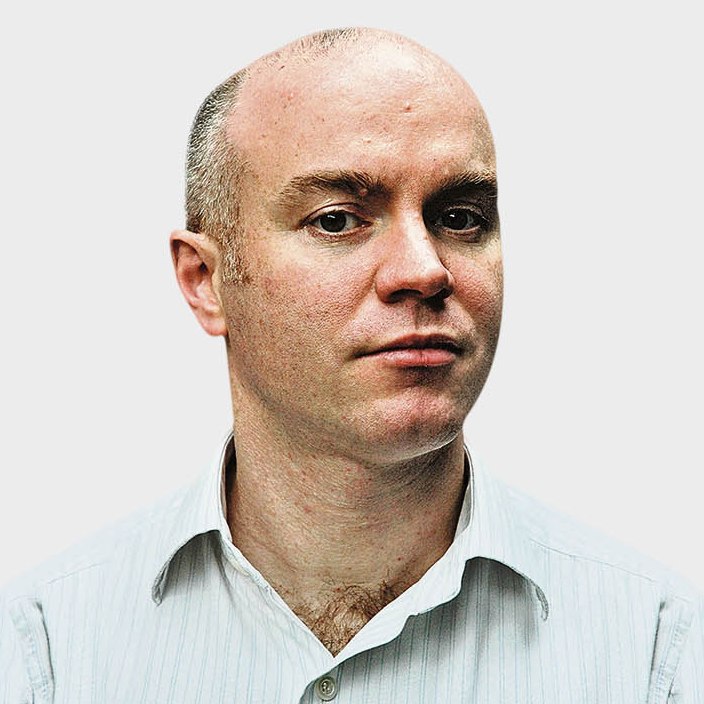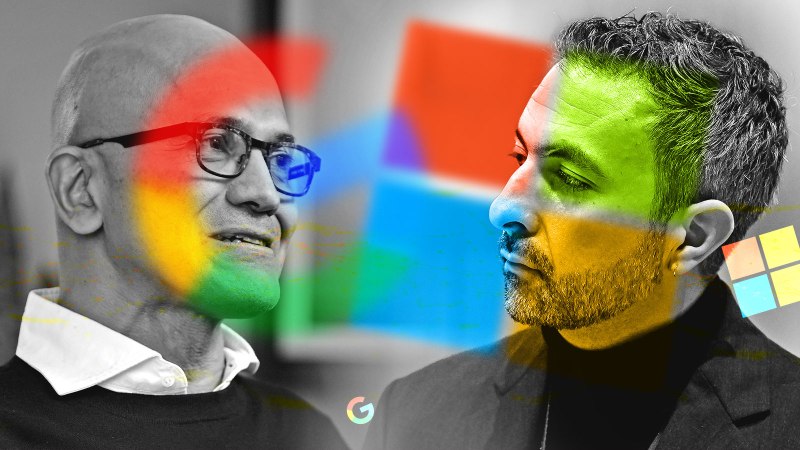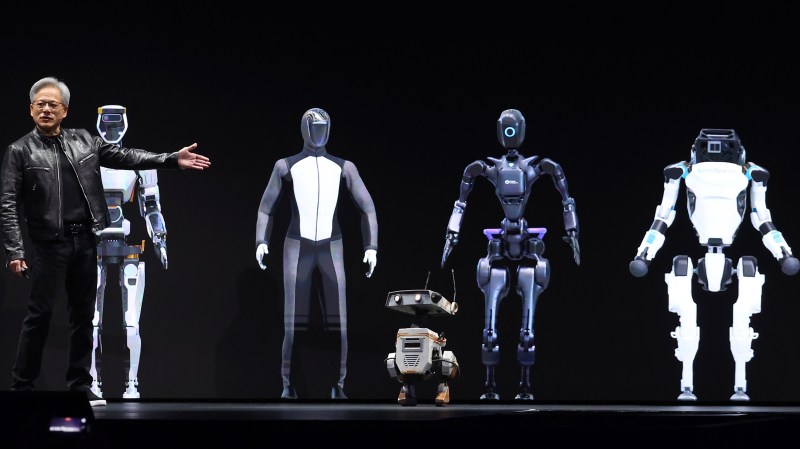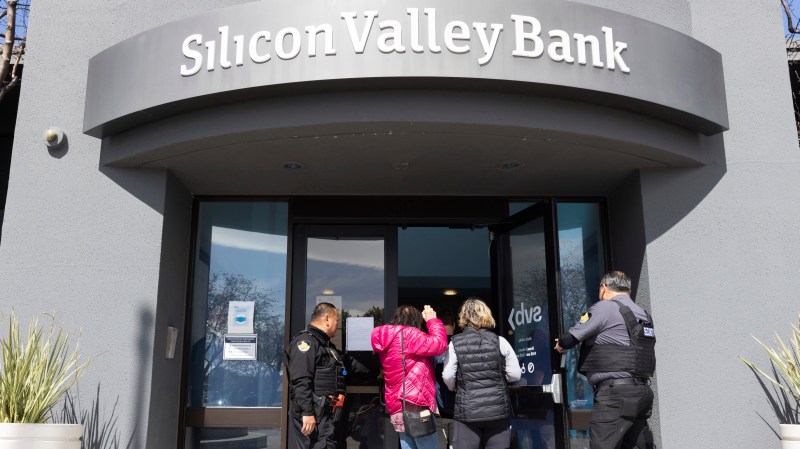Return of Amstrad is more resurrection than relaunch
Exciting times: Amstrad is back, baby! Last week Lord Sugar announced that he had bought back the rights to the company name and would be using it for a new agency called Amstrad Digital that is to be run by his grandson.
Now, assuming that you are on the right side of 50, your first reaction might be “What’s Amstrad?” Well, pull up a chair: a long time ago the UK had a home computer industry and Amstrad was part of it. The company, which started in low-priced consumer electronics, was quite big in home computing in the Eighties, but foundered in the Nineties. It produced a strange landline phone that sent emails in 2000. Finally, it was taken over by BSkyB in 2007 (it was a big supplier of set-top boxes).
Amstrad may be a footnote in technology history, but its founder still looms in British media. He is best known for fronting The Apprentice in the UK. Sugar said that he had wanted to buy back the name (which is derived from “Alan Michael Sugar Trading”) for years, but Sky’s “belligerent” management had refused. In 2018, however, Sky became a subsidiary of Comcast, paving the way for the rebirth of Amstrad.

All very interesting, but I still find myself thinking: “Amstrad? Amstrad?” I am old enough to remember the glory days of home computing and I smile when I recall brands such as Acorn, Commodore, Texas Instruments and Atari. But Amstrad? Amstrad? As the kids say, I’m just not feeling it. Until last week’s news, the brand had not crossed my mind for 30 years.
Wary of generalising from my own experience, I rang round a few contacts who work in this area. Hannah Williams, a tech PR said: “If you do remember it, you probably don’t remember it fondly.”
Another, a friend who works in branding (and who is closer in age to my daughters than me) asked: “What’s Amstrad? It sounds like a German transport interchange.”
I have always been interested in rebranding, relaunches and refreshes, not least because millions of pounds are often spent on very public car crashes. Even in the world of branding, though, this is something pretty unusual. It is full-on brand resurrection, a name raised from the dead. And this does not happen often. You sometimes see brands disappear for a few years. But almost two decades?
To be fair, there is a cottage industry in reviving long-forgotten brands. Years ago I interviewed a guy who specialised in drinks brands. He would send researchers into the cellars of places such as Fortnum & Mason looking for interesting old booze names that had disappeared decades or even centuries ago and, although it is true that a long-dead gin brand will not have much in the way of public awareness, it’s likely to have a good story and the right feel. I don’t think, though, that Amstrad is quite the same as an art deco name on a charming old bottle.
Scott Perry, a brand strategy consultant, says that brands gain their emotive power by engaging with their audience over time and have to work hard to maintain this. “But if you leave a brand without engagement, the equity you’ve built up is likely to depreciate. The world moves on fast.”
Sugar clearly is untroubled by this. He said: “They’ve got the brand name: that in itself is worth a fortune and they’ve got to exploit it. And I want to see some money.”
For what it’s worth, I get the attachment that people feel to brands that they have created. A recent example is Angie Louise 3 Monkeys Communications Moxham. The story is here is that she sold her PR firm, 3 Monkeys Communications, to Zeno Group in 2016. Zeno, according to PR Week, retired the name in 2023. Moxham now wants it back, but Zeno owns it and, she says, will not let her use it. So Moxham has legally changed her name in the hope of reinforcing “the idea that theagency name is synonymous with her own personal brand”.
As a friend who has advised on a number of branding spats put it: “The point surely comes when it’s easier just to make up something new.”
Here, we can learn from the Dassler brothers who were behind two of the world’s best-known sports bands. They initially ran a company called Gebrüder Dassler Schuhfabrik, which translates as “Dassler Brothers Shoe Factory” and was shortened to Geda. Shortly after the Second World War they fell out. As a result, they set up two new brands: Adolf “Adi” Dassler founded Adidas and Rudolf formed Ruda, which would later become Puma. How sensible.
In a similar vein, Jeremy King’s new reboot of Princess Diana’s favourite restaurant, Le Caprice, goes by another name. It is on the same site and will draw on its predecessor’s heritage, but it is called Arlington because King does not own the name (and it is on Arlington Street in St James’s).

Perhaps brand-fixation is down to the modern business obsession with IP. The idea is that because something has existed previously in the public consciousness, it must have some sort of talismanic worth. Although, as Perry said: “The value in a brand is something other people see in it, not what you see in it.” He added that the desire to resurrect long-dormant brands that have meaning for you but little public resonance is about romance and nostalgia, not brand value.
Of course, Sugar is a billionaire and can do as he likes. And who knows? Perhaps the brand will become a household name again. And, if it does, I’ll be forced to eat any Amstrad products that may be gathering dust in my parents’ loft. Perhaps Amstrad Digital will even deliver the money Sugar wants to see. But even so, I can’t stop myself thinking: “Amstrad? Amstrad?”
Rhymer Rigby is a journalist and author. Follow him on Twitter @rhymerrigby






